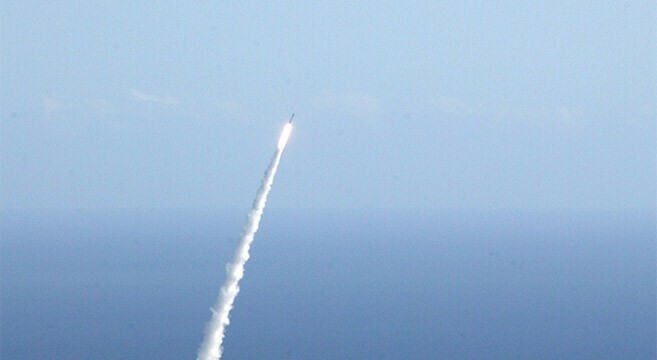About the Authors
Leo Byrne
Leo Byrne was the Data and Analytic Director at NK News. Follow him on twitter.
Oliver Hotham
Oliver Hotham was an NK News contributor based in Seoul, South Korea. Follow him on Twitter.

Get behind the headlines
|
News North Korea launches two projectiles from near Wonsan: South Korean militaryROK JCS says missiles launched at 0534 and 0557 KST  North Korea on Thursday morning local time fired two unidentified projectiles from its eastern coast, South Korea's Joint Chiefs of Staff (JCS) reported. “North Korea today (July 25) launched two unidentified projectiles towards the East Sea from the area of Wonsan at 0534 and 0557 local time," the JCS said. © Korea Risk Group. All rights reserved. |